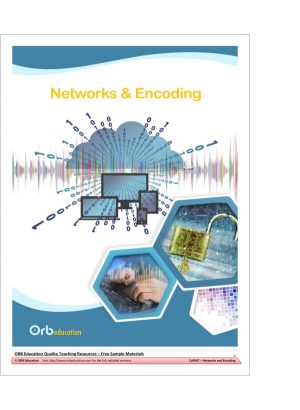

Educational implications of these findings suggest that there is support for using encoding instruction to increase the literacy performances of at-risk primary grade students and that encoding instruction can be successful in improving the reading and spelling performances of older students with learning disabilities.

Robust Cohen's d effect sizes, favoring the treatment groups, were found in areas of phonemic awareness, spelling, decoding, fluency, comprehension, and writing. Students receiving encoding instruction and guided practice that included using (a) manipulatives (e.g., letter tiles, plastic letters) to learn phoneme-grapheme relationships and words and (b) writing phoneme-grapheme relationships and words made from these correspondences significantly outperformed contrast groups not receiving encoding instruction. Although a limited amount of high-quality experimental or control studies to date (N = 11) give empirical support to using direct, explicit encoding instruction to increase the reading and spelling abilities of those students at risk for literacy failure, the benefits of integrating this instruction into current reading curriculums warrant further consideration. Although connectionist models provide a framework explaining how the decoding and encoding abilities work reciprocally to enhance reading and spelling ability, encoding instruction in today's schools is not a priority.


 0 kommentar(er)
0 kommentar(er)
